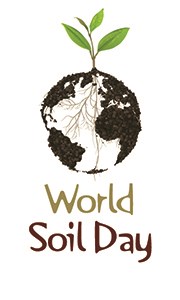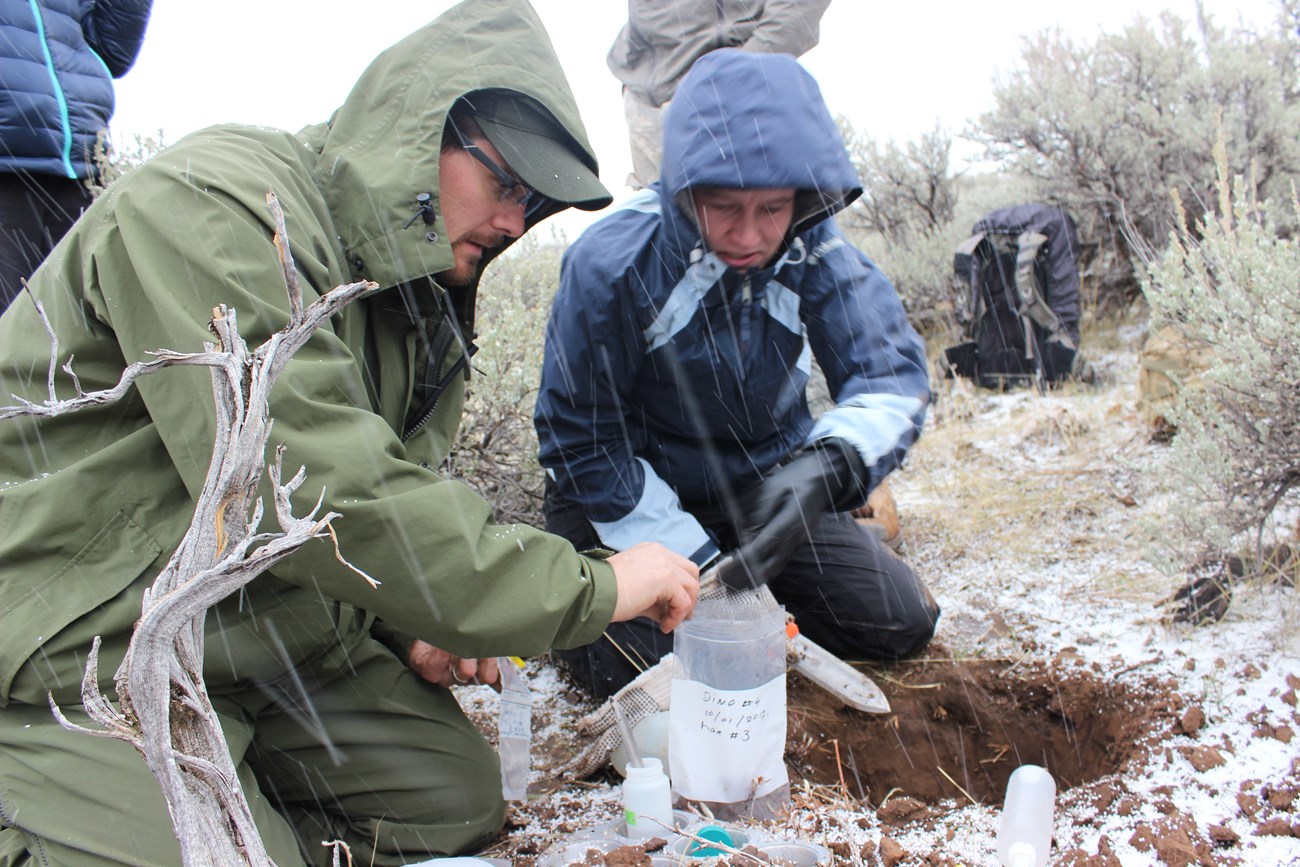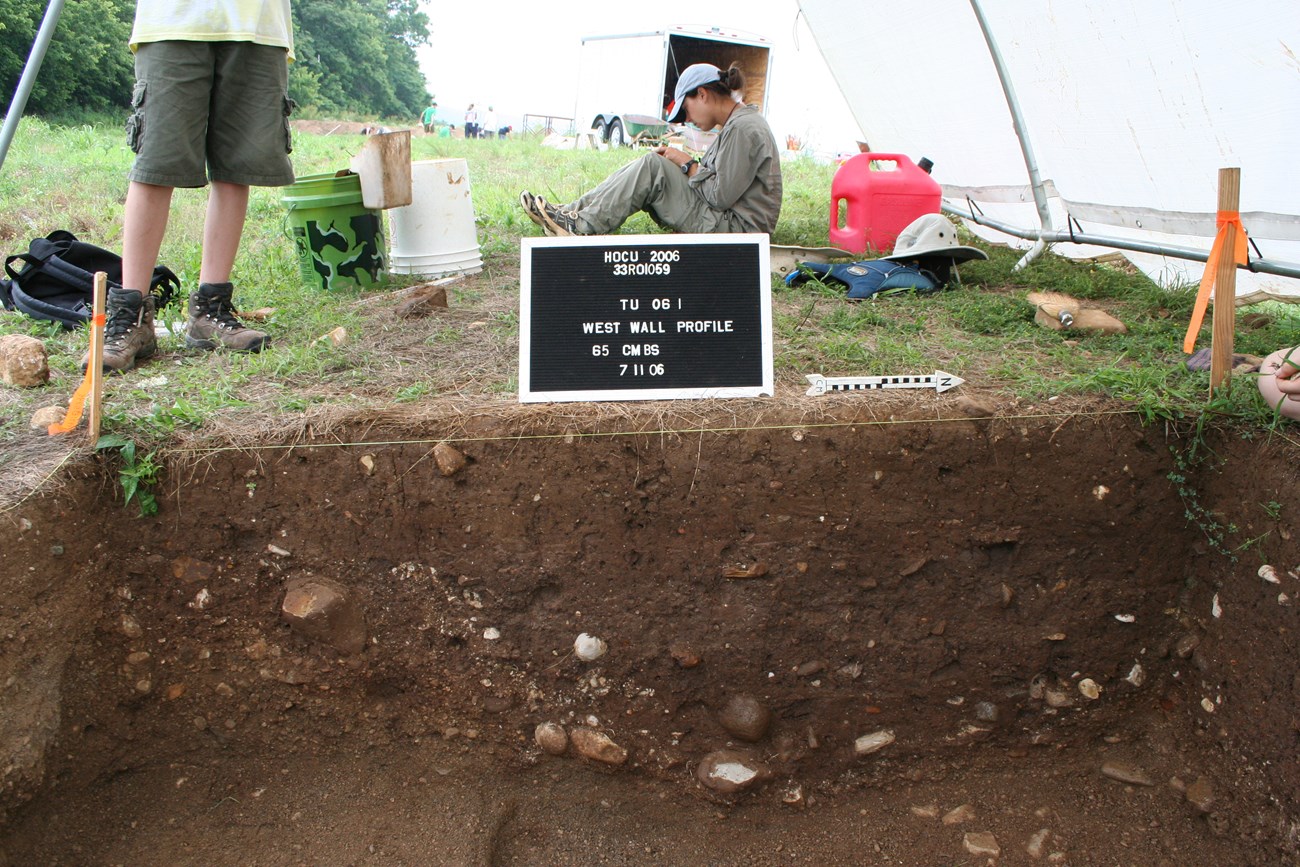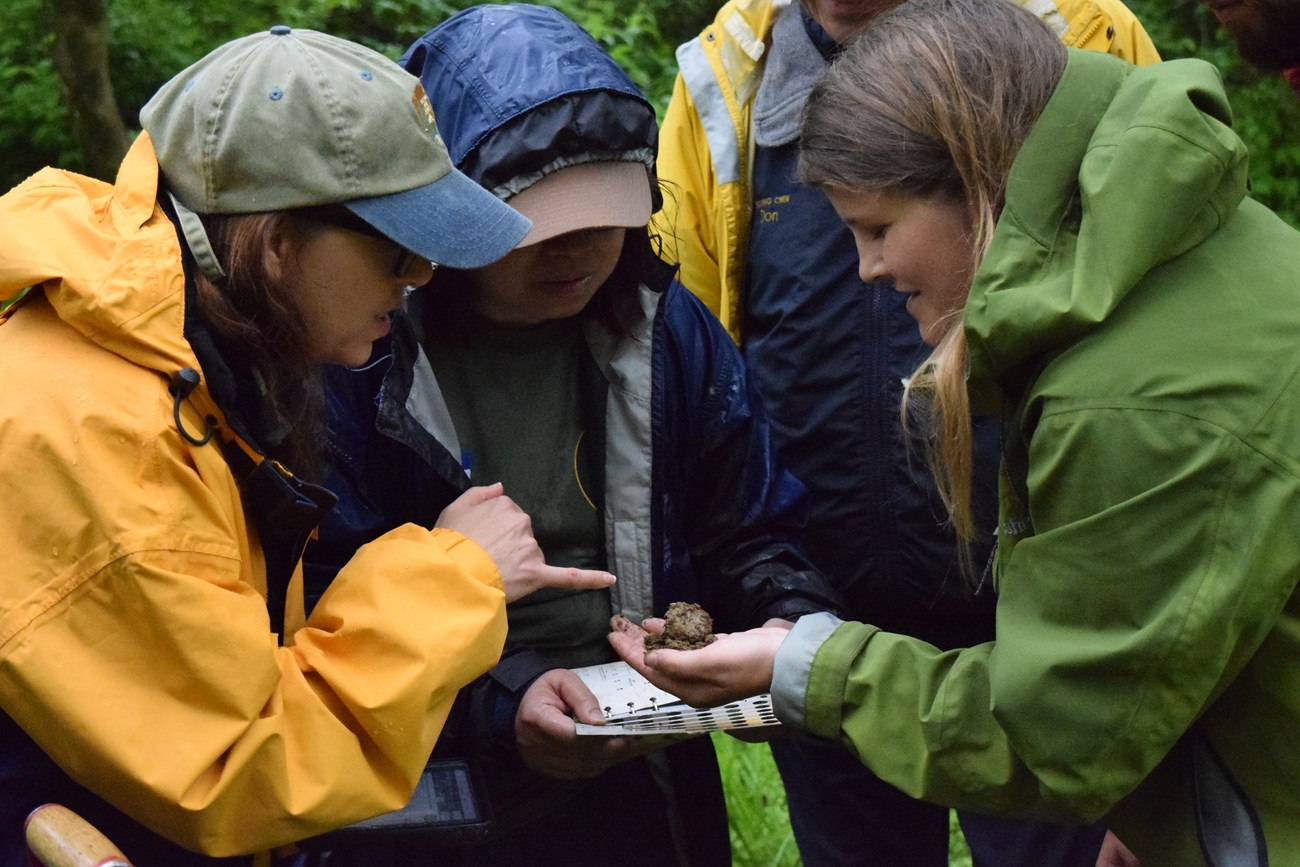Last updated: December 5, 2022
Article
World Soil Day

World Soil Day (WSD) is December 5 every year. On this day, we recognize soil as a critical piece of our natural systems and as a vital contributor to human health through food, water, and energy security. Soil also helps counteract biodiversity loss and climate change.
Here's a few reasons why we set aside a day to talk about soils:
-
Soils are where foods begin. 95% of our food comes from soils.
-
⅓ of global soils are damaged.
-
Soil pollution degrades soil and consequently poisons our food, water, and air.

Soil in National Parks
National parks have many soil types, from thin layers in mountains to hydric wetland soils, and from deep prairie soils to coastal subsurface soils.
We often think of “healthy” soils as dark and crumbly with organic matter to support the right amount of nutrients and moisture. This description is really what is best for our major agricultural crops, but not all soils support farming. Soils, like our other natural resources in parks are not “healthy” or “good” or “bad”; instead, they’re evaluated based on their natural environment and location. So, while sandy soils at Cape Cod National Seashore may not be “healthy” in the context of growing corn, they are perfectly suited to support the species and processes at the beach.
Soil Quality
These are some of the characteristics we look at in determining the soil quality in a specific location:
-
The characteristic layering, or horizons of soil at a site
-
The ease of water flow into a soil
-
The amount of organic material on top of and integrated into the soil
-
The chemical balance in soils, including pH
-
The presence and distribution of not only plants, but several other important species that indicate the quality of the soil, like earthworms, nematodes, bacteria, and fungi.
Importance of Soils
Soils are under foot and generally ignored, but understanding the natural character and relative condition of soils is important to a range of park resource and management issues.
-
Soils provide the physical support, nutrients, and water for the plants that are the foundation of food webs and habitat structure for countless species.
-
Soils are the home for myriad species of mammals, reptiles, invertebrates, bacteria, and fungi.
-
Soils are a controlling factor of diverse plant communities across landscapes, contributing to the scenery that visitors enjoy in parks.
-
Soils provide buffers to environmental impacts on plant communities and will be instrumental in determining the level of resistance to changing climatic regimes (e.g., aridification in the Southwest).
-
Soils regulate water from rain and snow into groundwater and streams.
-
Soils store carbon and other nutrients like nitrogen and phosphorus.
-
Soils are the foundation for park buildings and roads.

NPS photo
Causes of soil pollution
Through careful planning, we can manage some sources of soil pollution:
-
Vehicles in parks (oil leaks)
-
Building and maintenance yards (lubricants, cleaning fluids, etc.)
-
Use of weed control chemicals
-
Waste management (trash and sewage)
Other sources are more challenging for parks:
-
Atmospheric inputs - Parks create partnerships to help reduce pollution from sources outside park boundaries.
- Legacy pollutants - Some parks may have to deal with heavy metals or other contaminants in the soil left over from historical events.

NPS
Learn more about soil health and conservation
International Union of Soil Sciences (IUSS)
Food and Agriculture Organization of the United Nations
National Park Service Soil Resources Inventory
Soil Science Society of America
Natural Resources Conservation Service
